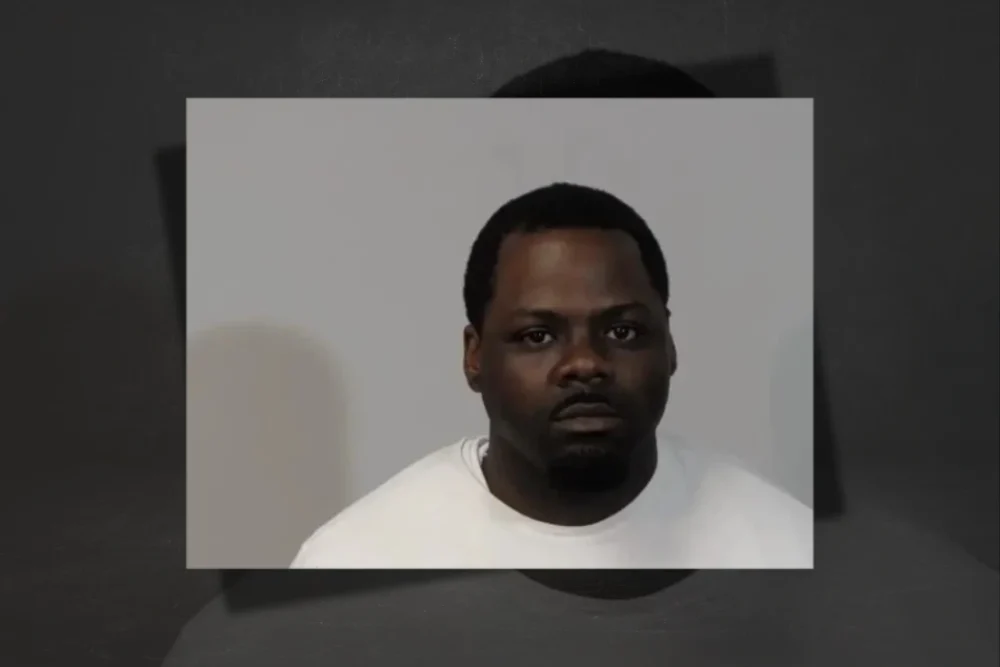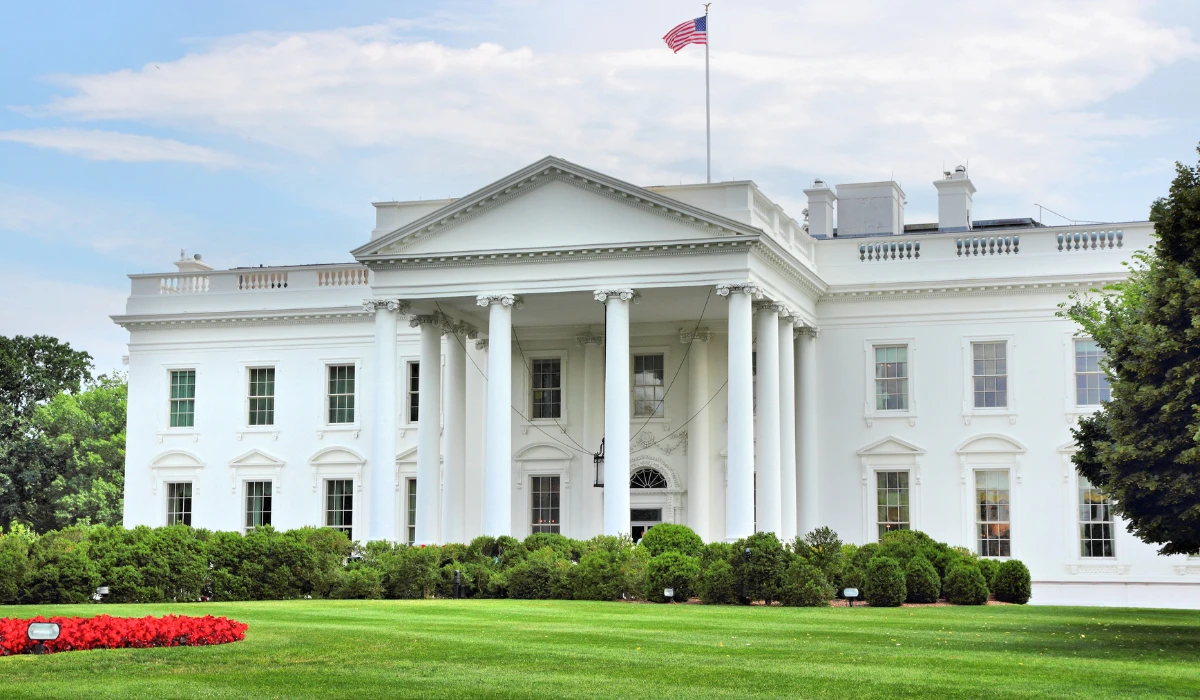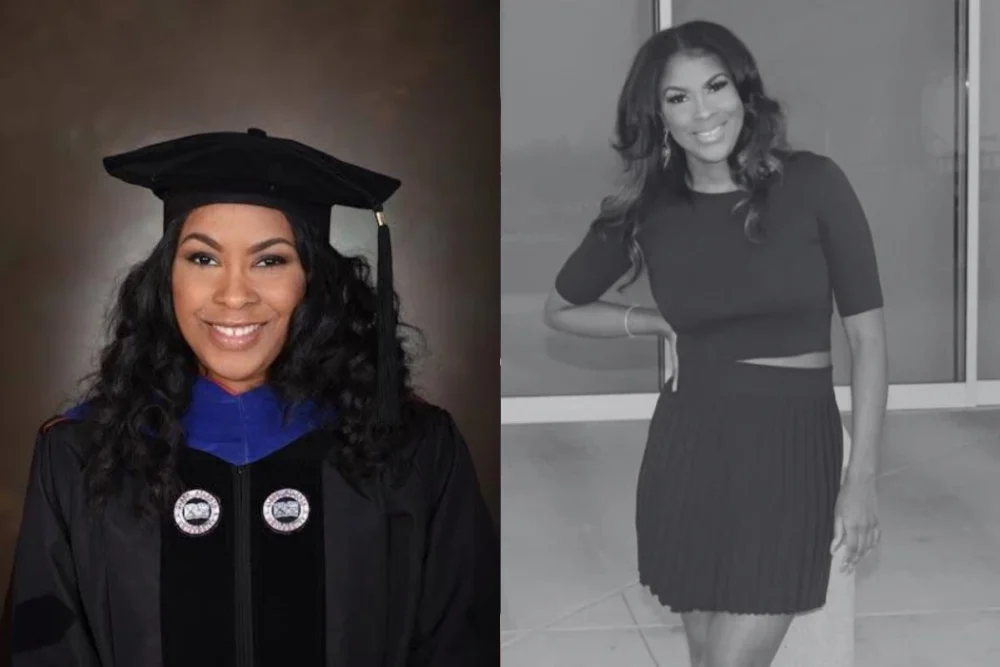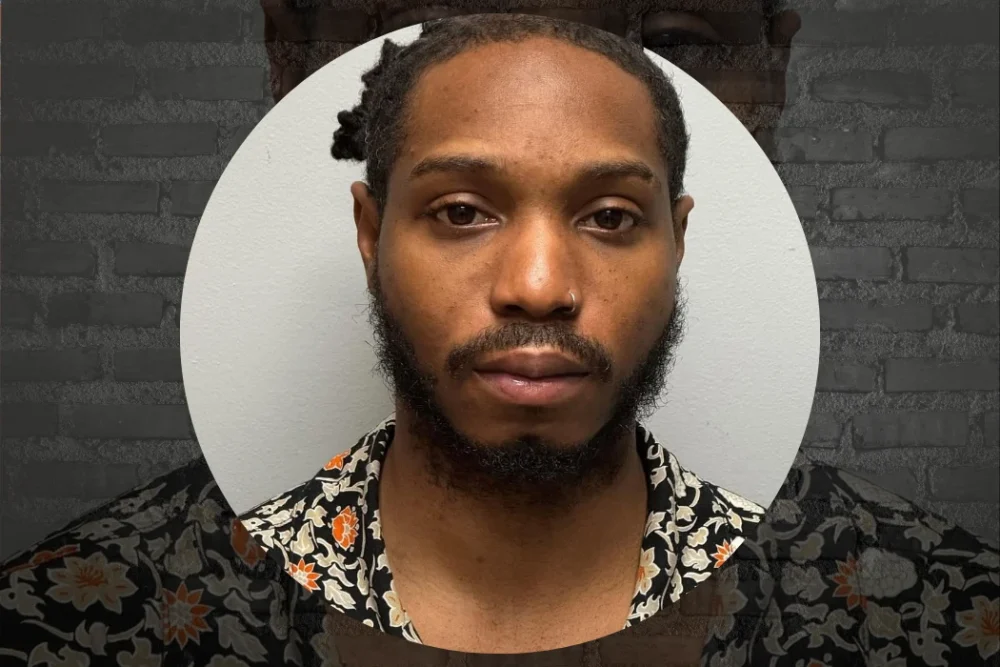In Spotsylvania County, Virginia, a night meant for laughs turned tragic, leaving a community in mourning. Michael Bosworth Jr., an 18-year-old white high school senior, was shot and killed during a “ding dong ditch” prank gone horribly wrong. The shooter, Tyler Chase Butler, a 27-year-old Black man, claimed he feared a break-in. The incident has left a neighborhood grappling with grief, race tensions, and difficult questions as the reality of social media challenges collides with devastating results.
A Prank Gone Wrong
It happened early Saturday morning, around 3 a.m. on May 3, 2025. Michael, a senior at Massaponax High School, had plans to attend his prom that evening and was just weeks away from graduation. Like many teenagers, he and two friends found themselves drawn to a social media trend. They decided to participate in a “ding dong ditch” prank, where someone rings a doorbell and runs away. This kind of mischief is supposed to end with laughter, not gunfire.
But this time, it didn’t.
The boys picked a house on McKenzie Lane, home to Tyler Chase Butler. As they approached, unaware of the danger ahead, Butler was inside, reportedly thinking someone was trying to break in. In a panic, he called 911 to report a residential burglary in progress. According to police, just minutes after that call, Butler fired shots at the teens.
Michael was struck and rushed to the hospital, where he later died from his injuries. Another teen was grazed by a bullet, treated for minor wounds, and released. The third member of the group was unharmed but understandably shaken by the events that left one of his friends dead.
The Ripple Effect on the Community
The shooting did not just end a young man’s life; it tore apart a close-knit school community. Michael was not just another student at Massaponax High School. He was an athlete, a lacrosse player, a football star, and a wrestler. The reality that he would not be at prom that night or walk across the graduation stage with his classmates has left an indelible mark on the community.
Grief counselors were made available to support students, and the school organized a “Senior Sunset” event. It became a chance for classmates to come together and find comfort in one another.
The Legal Battle and Racial Dimension
When police arrived, they started piecing together the night’s events. Initially, Butler was not charged, as his report indicated a potential burglary. But after detectives spoke to the surviving teens, the narrative shifted. They explained that the prank was part of a TikTok challenge. One of the teens showed officers a video from earlier that night, proving that it was just a prank, nothing more.
Some neighbors reported hearing as many as eight gunshots. Others noted that the boys had been pulling the prank at multiple houses in the neighborhood. On Tuesday, May 6, authorities announced Butler’s arrest. He was charged with second-degree murder, malicious wounding, and two counts of using a firearm in the commission of a felony. Held without bond at Rappahannock Regional Jail, Butler faces a lengthy legal process ahead.
The case has also reignited conversations around race and justice. Social media is rife with debates, especially as the racial dynamics are being examined. Some have pointed to how this incident contrasts with other recent cases where Black teenagers were shot for seemingly innocuous actions in predominantly white neighborhoods. Those cases sparked swift public outrage. In this case, reactions are more complex, and racial biases in the justice system are under scrutiny.
A Parallel Story: The Killing of Austin Metcalf
This incident comes just weeks after another high-profile case involving racial tensions. On April 2, 2025, in Frisco, Texas, 17-year-old Austin Metcalf, a white student, was fatally stabbed during a high school track meet. The suspect, Karmelo Anthony, a Black student, allegedly stabbed Metcalf after an argument about seating arrangements under a team tent. Witnesses reported that when Metcalf allegedly pushed Anthony, he responded by stabbing him in the chest. Metcalf died in the arms of his twin brother.
Anthony was charged with first-degree murder but claimed self-defense, stating that Metcalf had initiated physical contact. Despite the gravity of the charge, Anthony’s bond was reduced from $1 million to $250,000, and he was placed under house arrest. This decision sparked controversy, with some claiming racial bias in the judicial process, while others argued that Anthony was being unfairly vilified.
Metcalf’s father publicly urged people not to politicize his son’s death. “This was not a race thing. This was not a political thing,” he said. “Please do not comment if you do not know what happened.” Yet, the incident continued to fuel debates about race and justice. A protest organized by a group called Protect White Americans at the stadium where Metcalf was killed only deepened the divide.
Tragedy and Tough Conversations
The stories of Michael Bosworth Jr. and Austin Metcalf illustrate the volatile intersection of youth behavior, race, and justice in America. One death occurred during a social media prank. The other, during a high school sports event. Both cases have left communities grieving while also grappling with uncomfortable questions about race and how it shapes perceptions and legal outcomes.
As these stories continue to unfold, families and communities are left to navigate the aftermath, finding ways to heal while also confronting the broader social issues these tragedies have exposed. The justice system will have to weigh intent, fear, and context in both cases. The public conversation has already begun, revealing the deep-rooted complexities of race in America.
A Painful Reminder
Back at Massaponax High School, friends remember Michael as a kind-hearted, hardworking kid who had a bright future ahead. His death has left a void, and the grief is palpable. There is no easy answer for why it happened. Was it fear, miscommunication, or an innocent prank that met a tragic end?
In the end, these incidents underscore the need for open dialogues about race, social media, and youth safety. They serve as harsh reminders that even seemingly lighthearted moments can have life-altering consequences. For now, the community mourns a life taken too soon, hoping that in remembering Michael and Austin, lessons will be learned that can prevent future tragedies.





